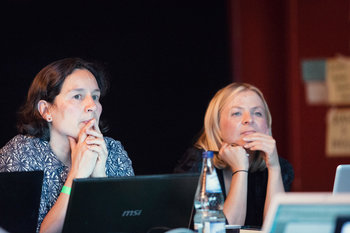|
| |
An information culture is the way that a group integrates information into life. This can occur at the level of a society, organization, community or group and includes norms of communication, media, information sharing and analysis. The following are common examples of information culture.
Fact-checking | Digital divide | Literacy | Open data | Transparency | Whistleblower protection | Misinformation & disinformation | Propaganda | Information silos | Filter bubbles | Information sharing | Rumors | Information activism | Censorship | Privacy norms | Privacy rights | Respect for privacy | Freedom of expression | Freedom of speech | Freedom of information | Level of trust | Digital literacy | Media literacy | Media bias | Information asymmetry | Information access | Information hoarding | Information overload | Information literacy | Information chaos | Reputation as information | Virtue signaling | Social status as information | Celebrity culture | Media influencers | Information as competitive advantage | Open communication | Accountability for information | Feedback loops | Information as empowerment |
More about information culture:
If you enjoyed this page, please consider bookmarking Simplicable.
© 2010-2023 Simplicable. All Rights Reserved. Reproduction of materials found on this site, in any form, without explicit permission is prohibited.
View credits & copyrights or citation information for this page.
|
























